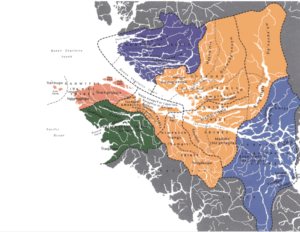Cooperative learning has, unlike many more individual-centered designed styles, an important social aspect to it. Interdependence, and therefore interest and care in regards to others’ processes, development and success, are interwoven with into learning tasks and curriculum. There is a need for students to engage in their own and in others learning because without contextual and social connection, the learning and knowledge is isolated in a silo and will likely be difficult to integrate into real world circumstances and applications.
Within cooperative learning, students become aware that having a role in a given group, project or task is essential. This approach is relevant to the real world. There are studies that reveal the increased propensity for teachers to impart “closed” facts and knowledge to students in ways that limit student engagement (Classrooms, 2018). Attributes and/or benefits of cooperative learning are listed as 5 essentials: Positive Interdependence, Individual Accountability, Group processing, small group and interpersonal skills, Face-to-face promotive interaction. (Classrooms, 2018). It was emphasized that interdependence was the most fundamental of these components as the heart of cooperative learning is indeed to share concern over the learning of others. This promotes independent responsibility over work and tasks by result of having others be invested in the result.
Cooperative learning is a good way to engage students and has can take many forms. Of of these forms is the format of “Jigsaw Classroom” wherein students are in groups and from there divide work and facets of a work into disciplines where each can take a responsibility for a different discipline. This enables students’ independence as well as accountability because their group depends on them to delve into their area and bring back fruits to share with the group that can be integrated into the group endeavor.
Source
Classrooms, C. L. (2018). Kate Ferguson-Patrick, Wendy Jolliffe. London: Routlege.

Recent Comments